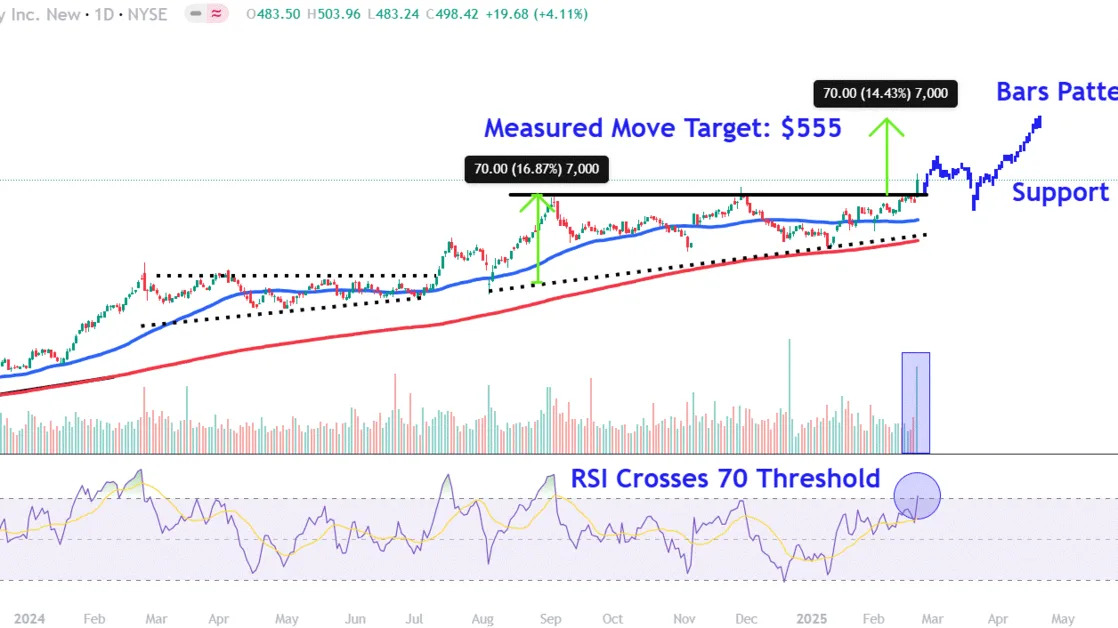(Bloomberg) -- A small coterie of Wall Street dealers say it’s time for the US Treasury to resume increasing the size of its 30-year inflation-protected bond auctions.
While regular note and bond auction sizes have been stable for the past year, the US has steadily increased the size of its five- and 10-year Treasury inflation-protected securities, noting strong demand for those sectors. Amid signs of flagging demand for longer-maturity TIPS, the 30-year tenor hasn’t grown since 2021.
With the Treasury Department slated to project auction sizes for the February-to-April period in an announcement on Wednesday at 8:30 a.m. in Washington, most of the 25 primary dealers of US government debt expect the 30-year TIPS auction tentatively scheduled for Feb. 20 will be $9 billion, unchanged from last year’s new-issue size.
They include Barclays Capital Inc., whose head of global inflation-linked bond strategy Michael Pond says he’d be “very disappointed” on behalf of US taxpayers by an increase. Funds that buy 30-year TIPS have had “significant outflows,” and the expected benefit to the Treasury of selling 30-year inflation-linked debt relative to regular 30-year debt “is close to zero.”
The dissenters, which include Citigroup, Deutsche Bank and Goldman Sachs, look for an increase to $10 billion. A committee of industry advisers to the Treasury recommended that change — with “significant uncertainty” — at the last quarterly supply projection in October.
The dealers arguing for an increase suggest that after three years of stagnation, 30-year TIPS supply appears stunted, allowing doubt to fester about the department’s dedication to it.
“We think it’s worth signaling that Treasury remains committed to supporting this TIPS tenor,” which “is lagging behind the growth of outstanding TIPS” as well as regular Treasury debt, said Steven Zeng, an interest-rate strategist at Deutsche Bank. Still, “it’s a close call,” involving judgment about demand and liquidity, he said.
Goldman Sachs strategist William Marshall said that barring an increase, 30-year TIPS supply would fall to about 7.5% of annual gross TIPS issuance, extending its slide from about 10% before 2020.
“We think there’s sufficient appetite globally for incrementally more long-dated linker supply to support the boost,” he said.
Treasury overhauled its TIPS auction schedule in 2019, reducing the number of 30-year reopenings to one per year from two while adding to the number of five-year TIPS sales.
Before the reduction, “it may have been too much for the system,” Citigroup strategist Jason Williams said. “We now think the market is able to absorb” a $1 billion increase in 30-year auction sizes.
Only TIPS auctions during the February-to-April quarter present any uncertainty.
Sizes for the US government’s regular notes and bonds are adequate for at least another several quarters, officials said in October. The new US administration may put its own stamp on the outlook, but all dealers expect stable nominal auction sizes until later in the year, and nearly all expect the five-year TIPS new issue in April to increase by $1 billion relative to the last one in October.





